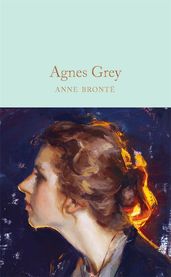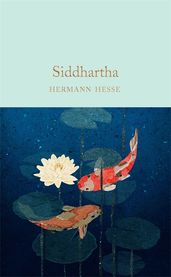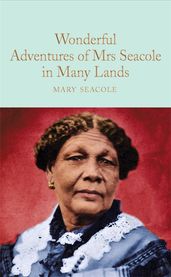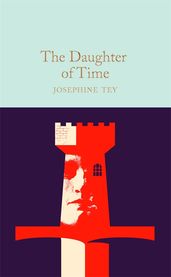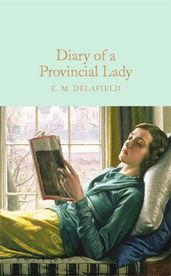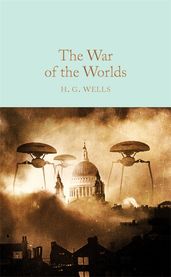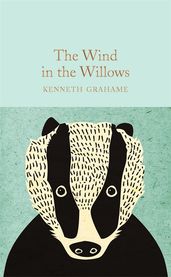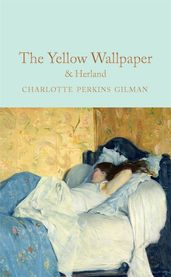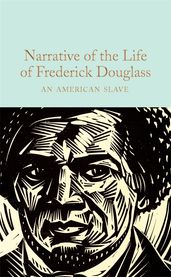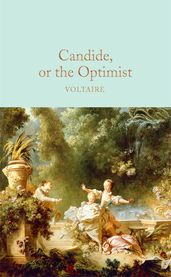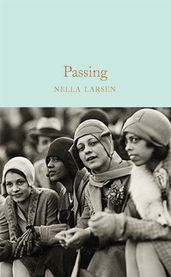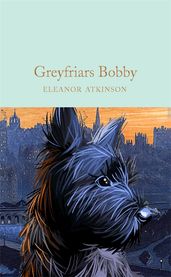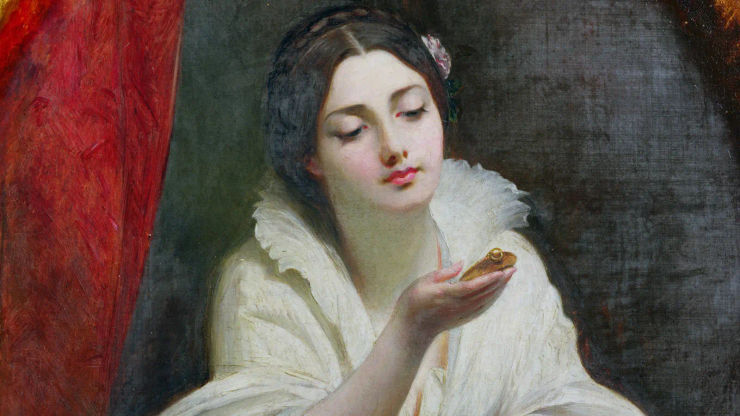15 short classic books you can read in one sitting
Classics aren't all weighty tomes. Discover fifteen enduring novels all under 250 pages long.
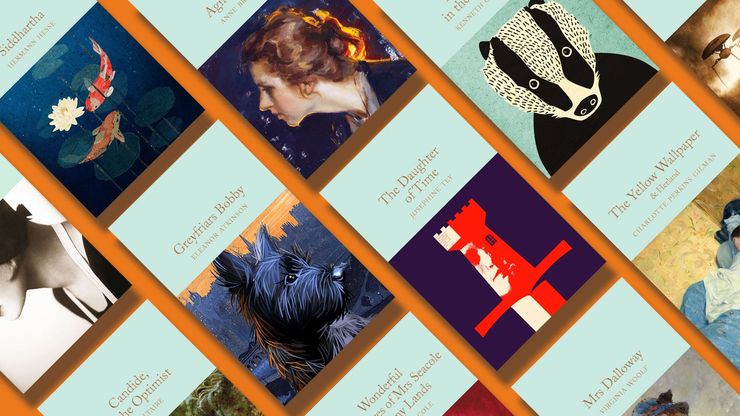
War and Peace is wonderful but it’s undeniably lengthy. If you’re in the mood for the great writing, timeless characters and emotional pull of a classic but short on time (or space in your bag!) here’s our edit of first-rate novels you can read in one go.
Agnes Grey
by Anne Brontë
Anne Brontë was the youngest of the six Brontë children and certainly less well-known than her sisters Emily and Charlotte of Wuthering Heights and Jane Eyre fame. However, Anne’s novel Agnes Grey is an absolute gem – succinct and beautifully observed, she drew on her own experiences to craft the story of Agnes, a governess first to two thoroughly spoilt children and then to the scheming Rosalie, who tries to scupper her chance at love. This is a beautifully crafted book about the gap between the haves and the have nots, and an idealistic young woman navigating the often precarious world of work in the nineteenth century, as well as being a touching love story.
Siddhartha
by Hermann Hesse
This short, fable-like novel was a huge hit in the 1960s – its mystical story and characters, the search for the meaning of life and the Indian setting made it just the book for the emerging counterculture movement. What those sixties hippies may not have known was that Hermann Hesse was a Nobel Prize-winning writer – no wonder then that his mythical-like book is still a bestseller around the world. It tells the story of Siddhartha, who leaves behind the security of his wealthy family to go in search of spiritual enlightenment and peace. Offering food for thought and a balm for our troubled times, the novel follows Siddhartha as he travels through a rich landscape and meets all different kinds of people, each one contributing to his journey of self-discovery.
Wonderful Adventures of Mrs Seacole in Many Lands
by Mary Seacole
Jamaican-born Mrs Seacole: what an amazing woman. Everyone should read her rip-roaring account of her astonishing life. She was an entrepreneur, an adventurer, a healer, a nurse and a businesswoman. When she was turned down for a nursing role in the Crimea War she was so determined to do her part that she travelled there anyway. She set up her famous hotel for the wounded, providing care, food and respite, and she risked her own life to tend to soldiers on the front. Never one to be knocked back, Mrs Seacole’s action-packed account of her dramatic life is an inspiration to us all.
The Daughter of Time
by Josephine Tey
Voted the top crime novel of all time by the UK Crime Writers' Association, The Daughter of Time is the perfect read for those looking for a speedy, page-turning classic. Inspector Alan Grant is laid up in hospital with a spinal injury. He passes the time looking at old portraits until one grabs his attention – it is of Richard III, the supposed arch-villain who killed his own nephews. But Grant doesn’t accept the face in the portrait is the face of a villain so he sets out to investigate what really happened . . .
Diary of a Provincial Lady
by E. M. Delafield
We all know about Bridget Jones, the famous diary-keeper who has us all howling with laughter through the books and films. Well, she owes a lot to E. M. Delafield and her wonderfully witty fictional diary, published in the 1930s, in which our unnamed protagonist charts the ups and downs of her provincial middle class life as a wife and mother. Whilst Bridget worries about her wine intake, her boss and finding true love, our Provincial Lady worries about her unruly children, her less than energetic husband, her snobbish neighbour, Lady Boxe, and having to keep up appearances on an ever-tighter budget. Both books are brilliant at poking fun at just about everything and giving a fabulous female perspective on navigating the world around us. And both have that wonderful sense that something could go wrong at any minute.
The War of the Worlds
by H. G. Wells
The first and definitely one of the best ‘man versus machine’ novels ever written, The War of the Worlds has inspired countless other novels, stories and films. The reportage style works brilliantly to deliver an impossibly dramatic story: a gigantic artificial cylinder descends from Mars and lands near London. It throws out murderous rays and the terrifying machines that come out of it destroy everything in their path. An adventure story that has you on the edge of your seat from start to finish – will the planet be destroyed by monsters?!?
The Wind in the Willows
by Kenneth Grahame
Now for something far gentler, Kenneth Grahame’s timeless story of Mole and Rat, who love nothing more than ‘messing about in boats’ on the river they call home. Yes, it’s a book for children, and you’ll remember its much loved characters, like wise Mr Badger and outrageous Mr Toad, from childhood. But curl up with this much-loved classic as an adult and you’ll also realise that it’s not just a terrific story full of adventure, humour and poignancy, it’s also a book in praise of wonderful things: friendship, solidarity and the magical beauty of the English countryside.
The Great Gatsby
by F. Scott Fitzgerald
A book that manages to make its way onto almost any 'best classics' list, The Great Gatsby is both short enough and gripping enough that you'll no doubt finish it in one sitting. Gatsby lives mysteriously in a luxurious Long Island mansion, playing lavish host to hundreds of people. And yet no one seems to know him or how he became so rich. People clamour for invitations to his wild parties. But Jay Gatsby doesn't heed them. He cares for one person alone – Daisy Buchanan, the woman he has waited for all his life. Little does he know that his infatuation will lead to tragedy and end in murder.
Mrs Dalloway
by Virginia Woolf
On a perfect June morning, Clarissa Dalloway sets off to buy flowers for the party she will host that evening. She is preoccupied with thoughts of the present and memories of the past, and from her interior monologue emerge the people who have touched her life. On the same day, Septimus Warren Smith, a shell-shocked survivor of the Great War, commits suicide, and casual mention of his death at the party provokes in Clarissa thoughts of her own isolation and loneliness. Bold and experimental, Virginia Woolf's Mrs Dalloway is a landmark in twentieth-century fiction and a book that gets better and better with every reading.
The Yellow Wallpaper
by Charlotte Perkins Gilman
Confined to her attic bedroom and isolated from her newborn baby, the nameless narrator of The Yellow Wallpaper keeps a secret diary in which she records the sprawling and shifting patterns of the room’s lurid yellow wallpaper as she slowly sinks into madness. This chilling story is based on the author’s own experience of depression and powerfully showcases Charlotte Perkins Gilman’s progressive views on feminism and mental health. This edition also includes Herland, an entertaining imagining of an all female utopia.
Narrative Life of Frederick Douglass
by Frederick Douglass
At just 160 pages, what this classic lacks in length, it certainly doesn't lack in substance; Narrative of the Life of Frederick Douglass is the most famous memoirs of its kind and a key text in the anti-slavery movement. It tells the striking and emotionally charged story of one man’s journey from slavery to freedom. Frederick Douglass spent his youth passed from master to master, from city to field, and subjected to unimaginable cruelty. Along this journey he sought knowledge, he learned to read and write, and he discovered that education was his key to salvation.
Candide
by Voltaire
Candide, or the Optimist is Voltaire’s hilarious and deeply scathing satire on the Age of Enlightenment. Young nobleman Candide lives a comfortable life under the tutorship of the ridiculous Dr Pangloss who espouses the prevailing 18th-century philosophy of Optimism. But following an indiscretion, Candide is cast out into the world. There, Candide and his companions encounter nothing but ludicrous calamities in their madcap travels around the world – war crimes, earthquakes, inquisitions and chain gangs – all based with horrible closeness on real events of the 18th century.
Passing
by Nella Larsen
Irene Redfield, married to a successful physician, enjoys a comfortable life in 1920s Harlem. Reluctantly, she renews her friendship with old school friend, Clare Kendry. Clare, who like Irene is light-skinned, ‘passes’ as white and is married to a racist white man who has no idea about Clare’s racial heritage. Clare is very persuasive and Irene, despite misgivings, can’t resist letting her back into her world and soon tensions mount between friends and between couples. As dramatized on Radio 4 and seen on Netflix, Nella Larsen’s Passing is a distinctive and revealing novel about racial identity and a key text of the Harlem Renaissance.
A Christmas Carol
by Charles Dickens
Charles Dickens is not best known for his short and snappy books; Bleak House is a staggering 1,296 pages afterall. Luckily, A Christmas Carol is here for those who want the atmosphere of a Dickens novel but in a more digestible size. At once a celebration of Christmas, a tale of redemption and a critique on Victorian society, this novella follows the miserly, penny-pinching Ebenezer Scrooge who views Christmas as 'humbug'. It is only through a series of eerie, life-changing visits from the ghost of his deceased business partner and the spirits of Christmas past, present and future that Scrooge begins to see the error of his ways.
Greyfriars Bobby
by Eleanor Atkinson
Inspired by true events, Greyfriars Bobby is the deeply touching story of an inseparable bond and a wonderful evocation of Edinburgh in the late nineteenth century. When Auld Jock, a shepherd, loses his job, he moves to Edinburgh in search of work. But the city isn’t kind to him and he falls into a life of poverty; his only companion is a plucky little Skye terrier named Bobby, who belonged to the farmer that dismissed Jock. When the farmer tries to take the dog back, Bobby escapes and finds his way back to town and from that day on, he stays devoted to Auld Jock.
